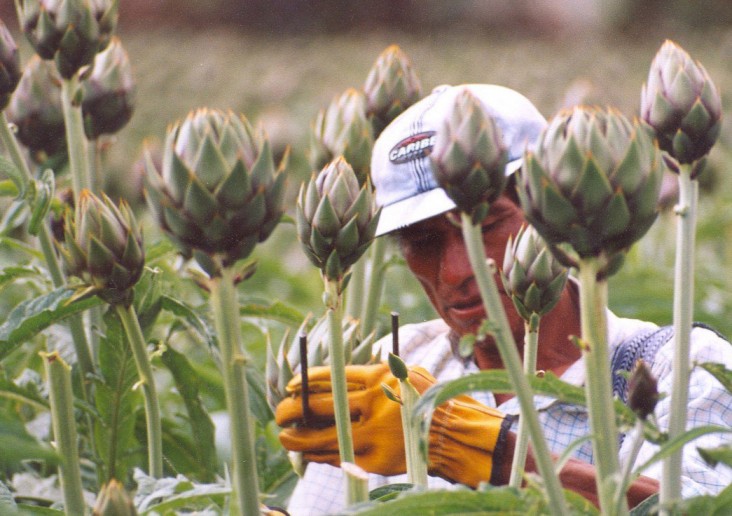
The farmers were eager to start. USAID helped them prepare their fields and begin cultivating the high-quality artichokes that would bring the most revenue. While the farmers were preparing their fields, USAID was working to build up other parts of the production and export chain to ensure there was a market for the artichokes. For instance, after USAID advised AgroMantaro on its processing facility, the company purchased land and built a $1 million processing plant. It was completed in April 2005. The plant can process up to 600 hectares worth of artichokes per year. During its first year, it created 83 jobs and processed 300 hectares worth of artichokes, exporting the canned vegetables to France, the United States, and Spain. AgroMantaro expects to grow rapidly, eventually creating 300 jobs and purchasing up to $3 million of artichokes per year from the local economy.
About 220 farming families have switched to artichokes. Depending on how much land they are devoting to artichokes and how many artichokes AgroMantaro and the region’s other major buyer, General Mills, are purchasing, families can make as much as $10,000 each year from artichoke sales alone.
Other regions are looking at the Mantaro Valley as an example to replicate — in fact, the regions of Ayacucho and Huancavelica, south of Junin, and Huanuco, further north, have already started to replicate the model, ensuring that artichoke cultivators have a bright future in Peru.







Comment
Make a general inquiry or suggest an improvement.